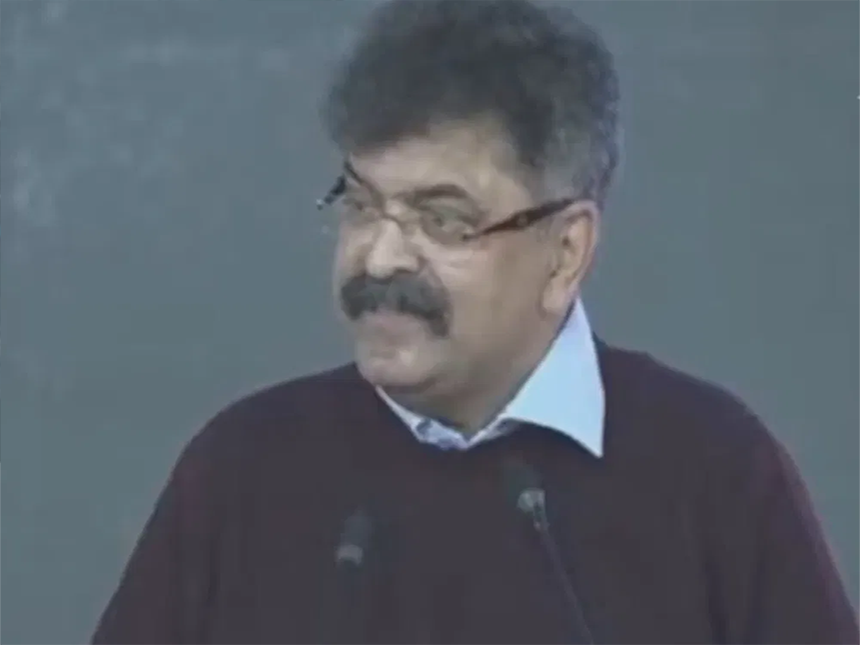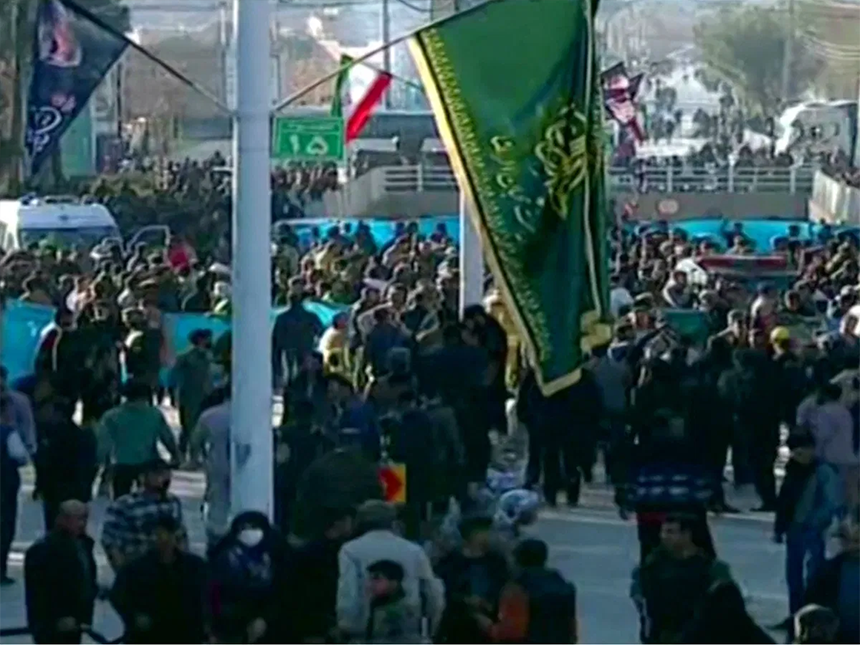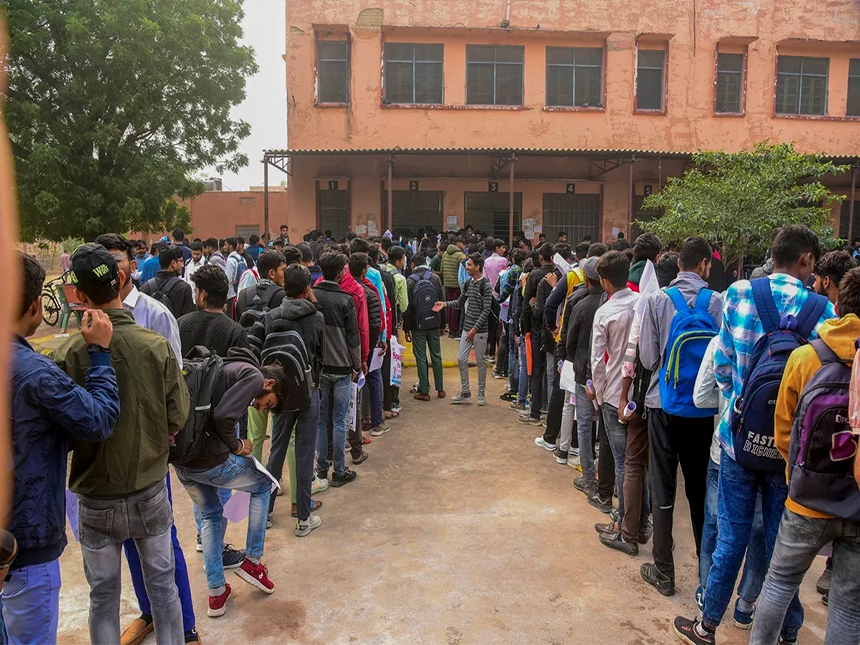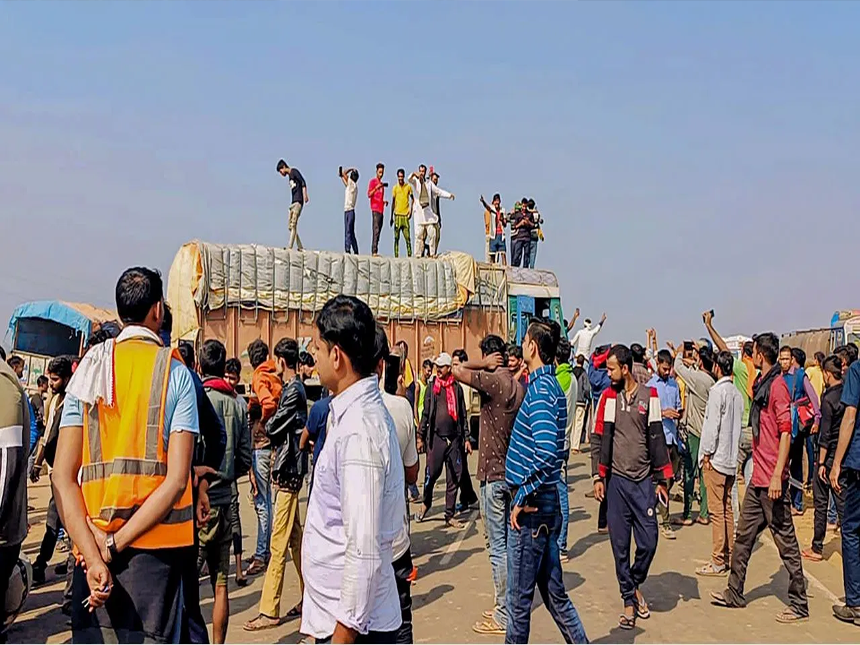Japan Airlines collision: Lessons for India’s aviation sector
By DAYANAND MOHITE | published: January 03, 2024 09:26 PM 2019-02-12T14:15:30+5:30
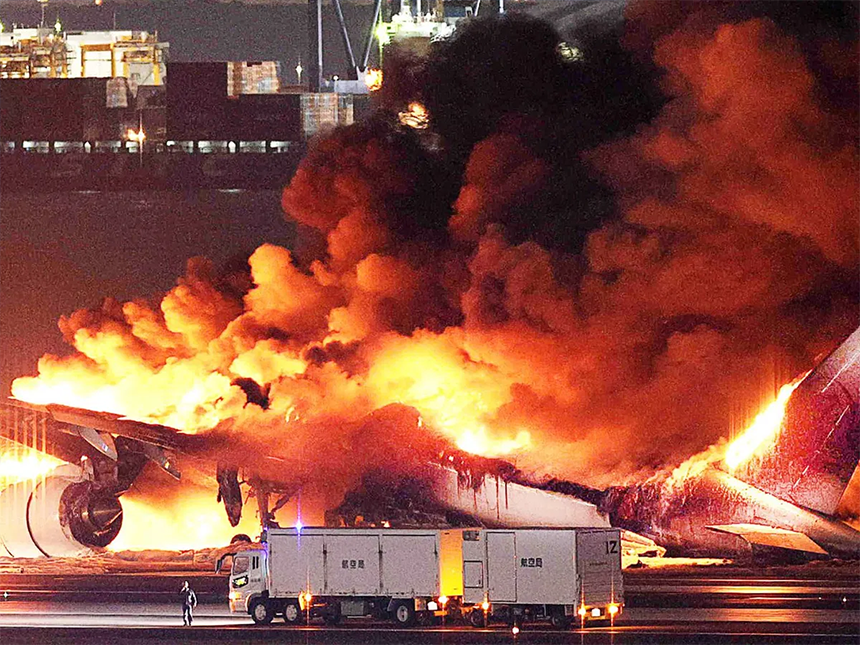
city : national
Prompt action by the cabin crew helped save more than 300 lives in a matter of seconds.
The Japan Airlines collision at Haneda airport on Tuesday is being hailed as a miracle. All 379 passengers aboard JAL flight 516 were evacuated safely in minutes. The terrifying visuals from the incident when the plane collided with a Japan Coast Guard aircraft while landing, and turned into a massive fireball running down the runway further evokes the feeling of it being a miraculous save.
However, aviation experts say it shouldn’t be written off as a mere miracle. Speaking on The News9 Plus Show, civil aviation expert Mark Martin said, “What we saw in the case of the Japan flight is not really a miracle. It comes from relentless evacuation training. The ability to evacuate 200-300 passengers calls for a ridiculously high level of mental alertness.”
Jitender Bhargava, Former Executive Director, Air India, also commended the cabin crew as real-life heroes. “The cabin crew’s training served them in good stead and they did an exceedingly great job,” he said in conversation with Sandeep Unnithan, Editor, News9 Plus.
The incident has several lessons for India’s booming aviation sector. The most prominent among them is the need for effective training for the cabin crew.
Evacuation training a must
Martin pointed out, “While there’s a lot of focus on cabin crew training, very few airlines do enough evacuation simulation training. The standard of training and capability exhibited by the Japan Airlines crew sadly doesn’t resonate in India. Possibly the highest level of training that could come closest that I can recall is what Air India or Indian Airlines has or had. In 1990, during the Indian Airlines Flight 605 crash at Bengaluru, the crew evacuated nearly 80% of the people. The ones who perished were those in the direct line of fire when the fuel tanks exploded.”
He stressed the need for “holistic, integrated cabin crew training”. “We need a centre like Lufthansa or Air France have where you simulate smoke in the cockpit, etc. Once you train the crew to deal with the panic while evacuating passengers, it builds a confidence that helps during a real-life scenario,” added Martin.
Are composite materials safe?
It is also worth noting that this is the first major incident involving a new type of aircraft, an A350. It was reportedly built of composite materials, such as carbon fibre reinforced plastic. Could the materials used have played a part in how quickly the flight caught fire?
Airbus is also sending its team to assist in the probe. And experts state that this is an important part of the investigation, to see if such composite materials can withstand such conditions. Aviation must constantly keep up with evolving industry standards when it comes to safety.
Communication failure?
While all 379 aboard the Japan Airlines flight were saved, five crew members on the second aircraft couldn’t make it.
In a statement, Japan Airlines said it had received landing clearance from the air traffic control before the collision. How was another plane on the runway at the same time? Could it have been a communication failure?
According to the local media, possible misunderstanding between the Haneda control tower and the JAL aircraft will also be investigated. “This incident will become another lesson for the airline industry to see if any lacuna is found,” said Bhargava.
‘Passenger attitude matters’
Passengers’ attitude can also make or break an evacuation. In the recent case, the experts believe alertness and Japan’s culture of discipline likely helped them escape a fiery death. “Regulations are there for a reason, but passenger attitude matters. In India, if there’s an emergency, the first response is to grab your handbag from the overhead bin and try to escape, which shouldn’t be done. and I’m sure, in the Japan flight’s case, there was discipline among the passengers which allowed the cabin crew to evacuate everyone in such a short window of time,” said Bhargava.
He also offered a piece of advice for Indian passengers. “They must remember that cabin crew is there first and foremost for your safety. So an experienced crew must be preferred instead of looking for glamour while flying.”
previous

Supreme Court refuses to allow TMC leader Mahua Moitra to participate in Parliament proceedings
Senior advocate Abhishek Manu Singhivi, appearing for Moitra, submitted in the apex court that Moitra was only expelled for sharing the login details of the Lok Sabha website with her friend and busin....
read more


